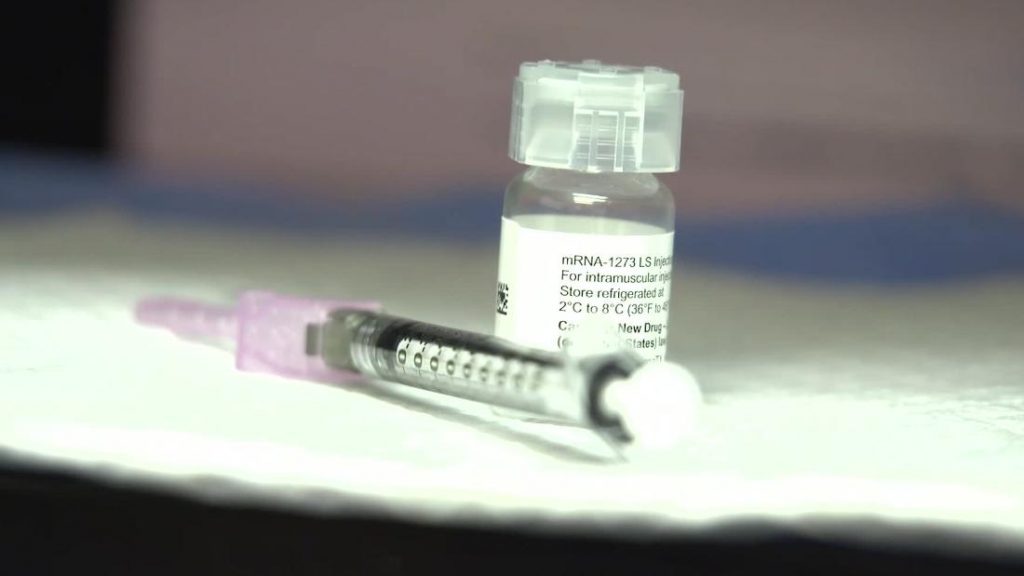Senior Living Blog

The world’s now scrambling for dry ice. It’s just one headache in getting coronavirus vaccines where they need to go
Vaccines like to be kept cool, none more so than the Pfizer candidate for Covid-19, which has to be deep-frozen. And that’s going to be an issue for developing countries — and for rural areas in the developed world. The “cold rain” is just one of the challenges in distributing vaccines worldwide. There are […]
November 25, 2020

Medicare finalizing coverage policy for coronavirus vaccine
Medicare finalizing coverage policy for coronavirus vaccine A senior Trump administration official says Medicare will cover the yet-to-be approved coronavirus vaccine free for older people under a policy change expected to be announced soon Medicare will cover the yet-to-be approved coronavirus vaccine free for older people under a policy change expected to be announced shortly, […]
November 16, 2020

CVS, Walgreens to help distribute Covid vaccines to nursing homes
CVS, Walgreens to help distribute Covid vaccines to nursing homes The federal government has made a deal with retail pharmacies CVS and Walgreens to help distribute coronavirus vaccine — once one or more gets authorized — to long-term care facilities like nursing homes, federal officials said Friday. The two drugstore chains are the best place […]
November 16, 2020

Trump administration set to announce Medicare and Medicaid will cover Covid vaccine
Trump administration set to announce Medicare and Medicaid will cover Covid vaccine The Trump administration is set to announce as early as this week that Medicare and Medicaid will cover out-of-pocket costs for a potential coronavirus vaccine that is granted emergency use authorization, according to a person familiar with the matter. Coming days before the […]
November 16, 2020
